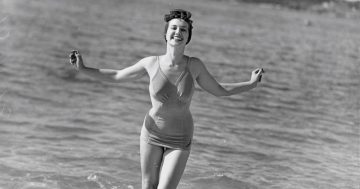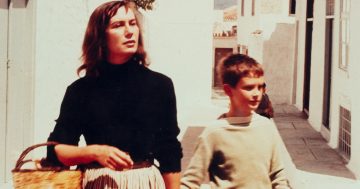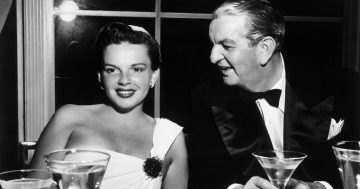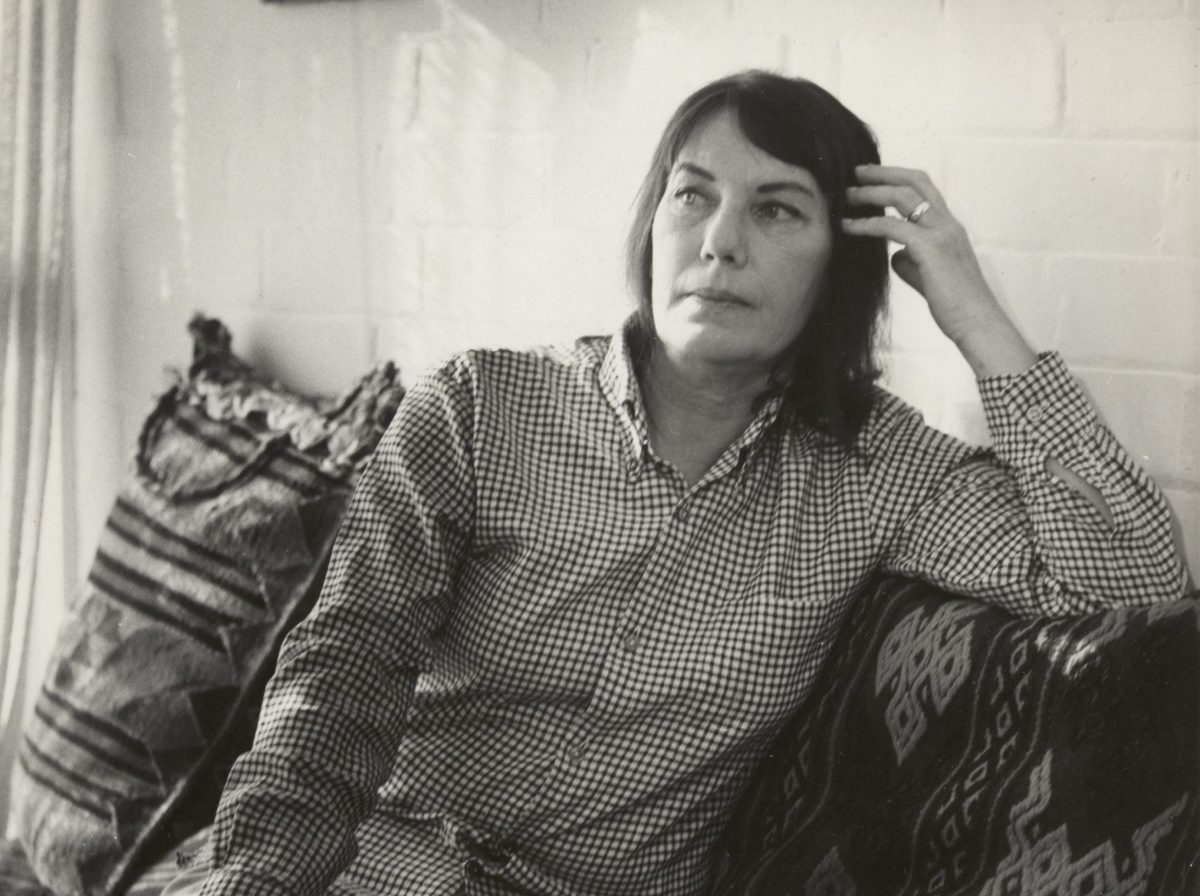
Charmian Clift (1923–1969) has been honoured with a blue plaque in her hometown. Photo: National Library of Australia.
A question of longevity led Kiama Historical Society to choose Kiama Library as the location for a blue plaque dedicated to Charmian Clift (1923–1969).
The prolific Australian author and essayist lived in two different houses in her hometown of Kiama but neither is heritage-listed. The library that houses the complete collection of her works was a fitting choice, anyway.
Charmian joins more than 30 other subjects found on the Blue Plaques NSW website, which shares the fascinating stories of people and events that have shaped our state.
The author certainly fills the criteria. Named after Cleopatra’s handmaiden as depicted in Shakespeare’s Antony and Cleopatra, Charmian developed a passion for writing from an early age. Among the many poems she penned was one she wrote at age eight, about her hometown’s famous blowhole.
In 1941 Charmian won the NSW title in Pix magazine’s Beach Girl Quest and used the money to move to Sydney. Two years later she enlisted in the Australian Women’s Army Service and was given her first job in journalism, editing the army magazine For Your Information.
After World War II, Charmian worked for Melbourne’s Argus newspaper, where she fell in love with famous war correspondent George Johnston, who was married. The couple had a very public love affair and when Argus dismissed Charmian over the scandal, George resigned in protest.
In 1954, following a four-year stint in London, Charmian and George moved to Greece to write full-time.
Charmian’s niece Diana Bradshaw, who was very young at the time, has fond recollections from this period of an aunt who made her presence felt from afar.
“Most of my knowledge (of her) was through the airmail letters my father received regularly during the years … she could paint pictures with words so that her writing drew you into another place in such a unique and wonderful way,” she says.
“Presents would arrive from England and then from the Greek Islands addressed to my little Artemis instead of Diana. I guess when she lived on the Greek Islands her whole persona became enmeshed in Greek Culture.”
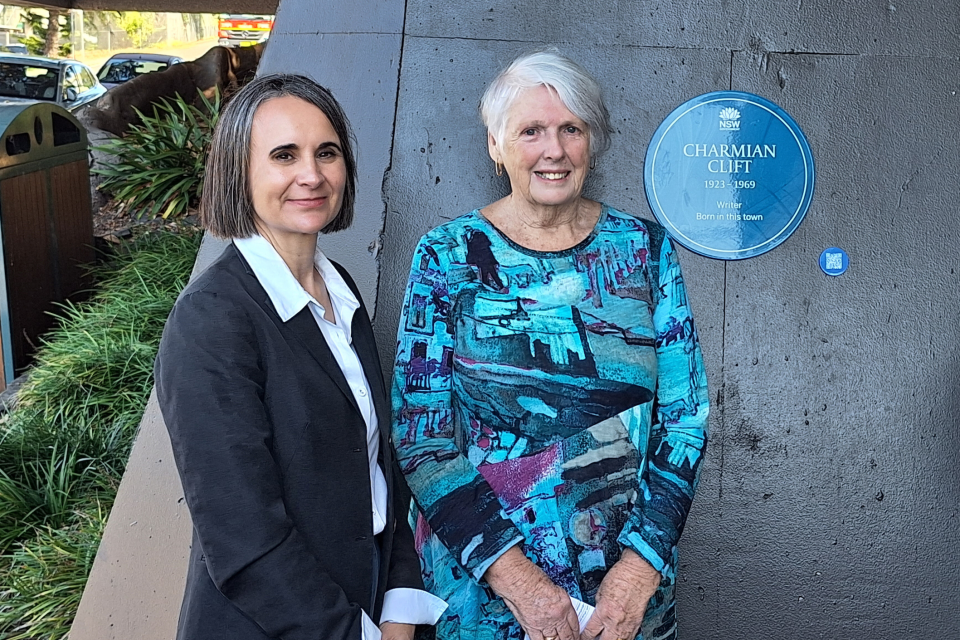
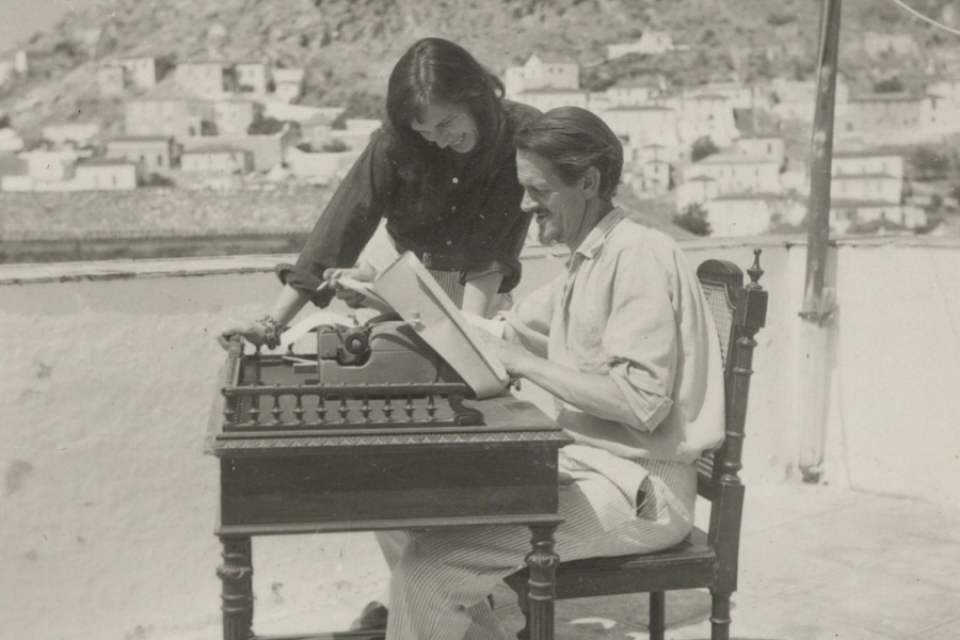

The picturesque landscapes of Kalymnos and Hydra indeed inspired Clift’s literary creations. Notable among her works are Mermaid Singing (1956) and Peel Me a Lotus (1959), both autobiographical, detailing her life in Greece.
In 1960, Charmian published her first solo novel Walk to the Paradise Gardens, inspired by the landscape of her hometown Kiama. Over the next four years, she worked on her romantic novel, Honour’s Mimic (1964), and began an autobiographical novel about her childhood in Kiama, The End of the Morning, which after 60 years has just been published this month.
Returning to Australia with her family in 1964, Charmian wrote a regular newspaper column that was published in the Sydney Morning Herald and Melbourne’s Herald. Attracting a large and devoted readership, Charmian’s “sneaky little revolutions” as she once called them, reflected on Australian society and explored topical issues.
But the writer’s impact extends beyond her individual works, and she is celebrated today as a woman ahead of her time, with her reflections on the human experience still resonating today.
“I believe if she had lived that she would have been a greater advocate for social justice,” Diana adds.
“I would love to have told her that I have an Anglo/Greek Cypriot, two Anglo/Ukrainian and an Anglo/Indian grandchild. We are now not a typical ‘Pommie’ family as she was often accused of as a child, and my grandfather Syd is quoted as saying to Charmian: ‘You’re not a bloody little Pommie, you are a bloody little kangaroo’.
“I talked to her shortly before she died and I do believe that she really wanted more contact with her own family. I knew she thought she would have many more visits with my dad, Barre, and after his death in 1965 she was heartbroken for the loss of her brother who was more like a twin with whom she shared many secrets.
“Although she had to make her mark on a grander scale than what Kiama, or Australia for that matter, could offer … the siren of the South Coast (or home town) was calling her once more.
“So the ‘bloody little kangaroo’ did return home to become an icon with a wonderful blue plaque in Kiama. How I wish she could have received the honour while she was still alive.”
Labor Spokesperson for Kiama Dr Sarah Kaine MLC unveiled the plaque on Saturday (13 April), saying it celebrated the writer’s “courage to challenge societal norms at a time when the voices of women were often marginalised”.
Kiama Historical Society president Sue Eggins says the original idea for the nomination came from Sydney man Julian Neylan.
“There are many, many ‘Clifties’ – people who are fascinated and do a lot to promote Charmian,” she says. “The reason we nominated Charmian is because she is the best essayist in Australia. Her work on issues, such as feminism, First Nations people and migrants are still relevant today.”
End of the morning will officially be launched in at Kiama Library on Saturday 1 June – contact Kiama Library for tickets.









